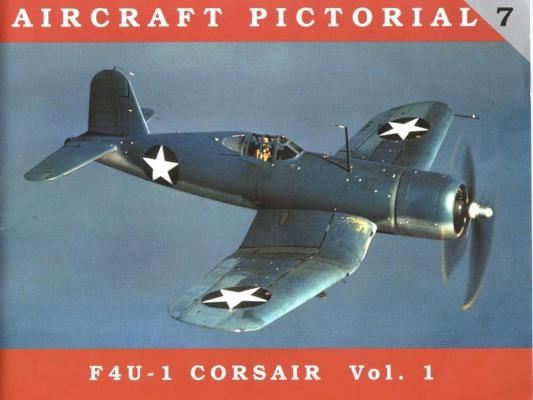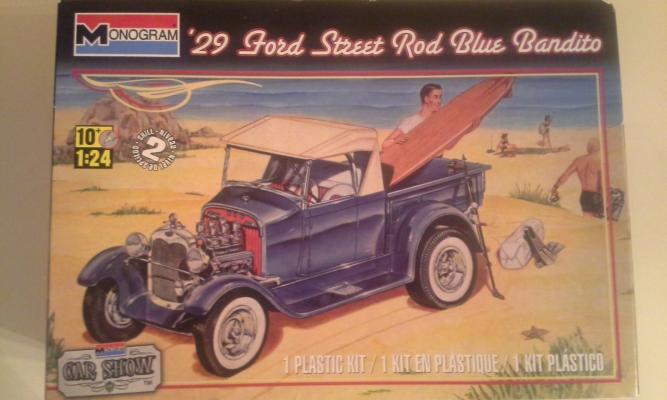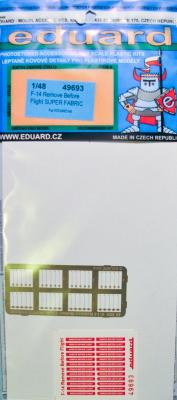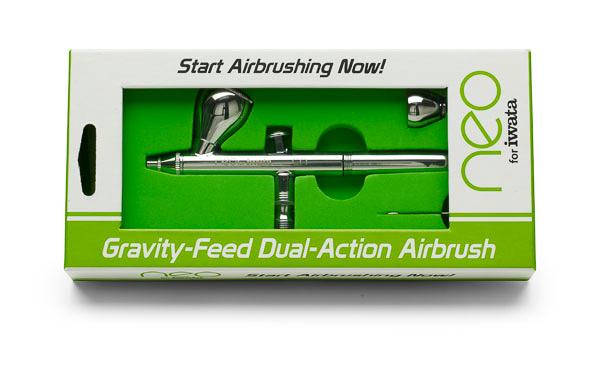Thank you to Classic Warships Publishing for providing another exciting volume in the excellent Aircraft Pictorial series. I am also very appreciative of the IPMS Reviewer Corps for allowing me the chance to examine this volume and report my opinions.
Welcome to the IPMS/USA Reviews site!
Introduction: The primary organization of the IPMS/USA Review website is by IPMS/USA National Contest Class. Within each Class there are sub-menus by kits, decals, books, etc. The Miscellaneous Class is for items that are not class specific or that cross two or more classes.
IPMS/USA Members: We encourage you to submit reviews, both here and to the Journal. To volunteer for membership in the IPMS/USA "Reviewers Corps" and submit your own reviews, please read the Guidelines For Submitting Product Reviews.
Manufacturers, publishers, and other industry members: IPMS/USA is pleased to offer your company the opportunity for product reviews. All product reviews are performed by IPMS/USA members, and are posted in the publicly-accessible section of our website. With very few exceptions, we perform full build reviews of new kit releases, aftermarket products, and supplies. If you would care to provide product samples for review, please contact John Noack, IPMS/USA 1st VP.
To learn more about IPMS/USA, please see our About Us page.
History Brief
The Adventures of Jonny Quest was produced by Hanna-Barbera Productions for Screen Gems. An animated television series, it ran on ABC in prime time on Friday nights for one season from 1964 to 1965. A true original for the 1960s, it was created and designed by comic-book artist Doug Wildey and was inspired by American radio serials, American action-adventure comics and American science fiction genre. Ground breaking for it’s time it featured unmatched realistic art, interesting characters, and a better story line than any previous cartoon seen on television.
The Quest Labs Supersonic Suborbital Aircraft known as The Dragonfly is the iconic Jonny Quest aircraft featured in the episode introductions. It was also featured in some of the best episodes.
The Revell/Monogram 1/24th scale kit is a rerelease of a previously available kit known as “The Blue Beetle“. I am not sure of the exact offerings provided in that earlier release of this model but the version that I’m reviewing here was quite impressive . The box art only shows the build up on the side and the drawn box art on the front of the box outfitted in “The Blue Beetle” version. The only way I’ve seen this release come in. So, I was thrilled to open the kit up and see parts for both the pictured version as well as the roadster adaptation listed for these separate parts throughout the very well detailed instruction sheet which includes descriptions of all pieces by their part number and the name of the part. The majority of the parts come molded in a light blue with one white sprig of pieces molded in white which includes snap in white walls and a convertible top.
In case you missed the IPMS/USA Nationals this past summer, Eduard released a 1/48 scale F-14A Tomcat as part of a special Danger Zone boxing that included a slew of photoetch and resin detail parts along with the plane. I mention this as some of the detail items, such as this set, are now being released to further spruce up the limited edition release. I have never seen anything like this fabric set, so I would consider this a warning shot across the bow of other detail part manufacturers.
As the name Neo implies, this is Iwata’s entry-level airbrush label, and it is offered in the two main styles of airbrushes: siphon- or gravity-feed. Our review sample is the Neo CN, a gravity-feed type. Gravity-feed airbrushes perform well at lower air pressures, which help create greater detail.
Another differentiating feature between airbrushes is the trigger style: single- or dual-action. To explain the difference in simple terms, a single-action trigger delivers paint and air at the same time when depressed. The dual-action trigger has a slide, which means when you depress the trigger only air comes out, but as you slide the trigger aft it feeds the paint out around the needle. Our Neo CN has a dual-action trigger with a 0.35 mm needle and nozzle combination. Most lower-end airbrushes are commonly single-action.















